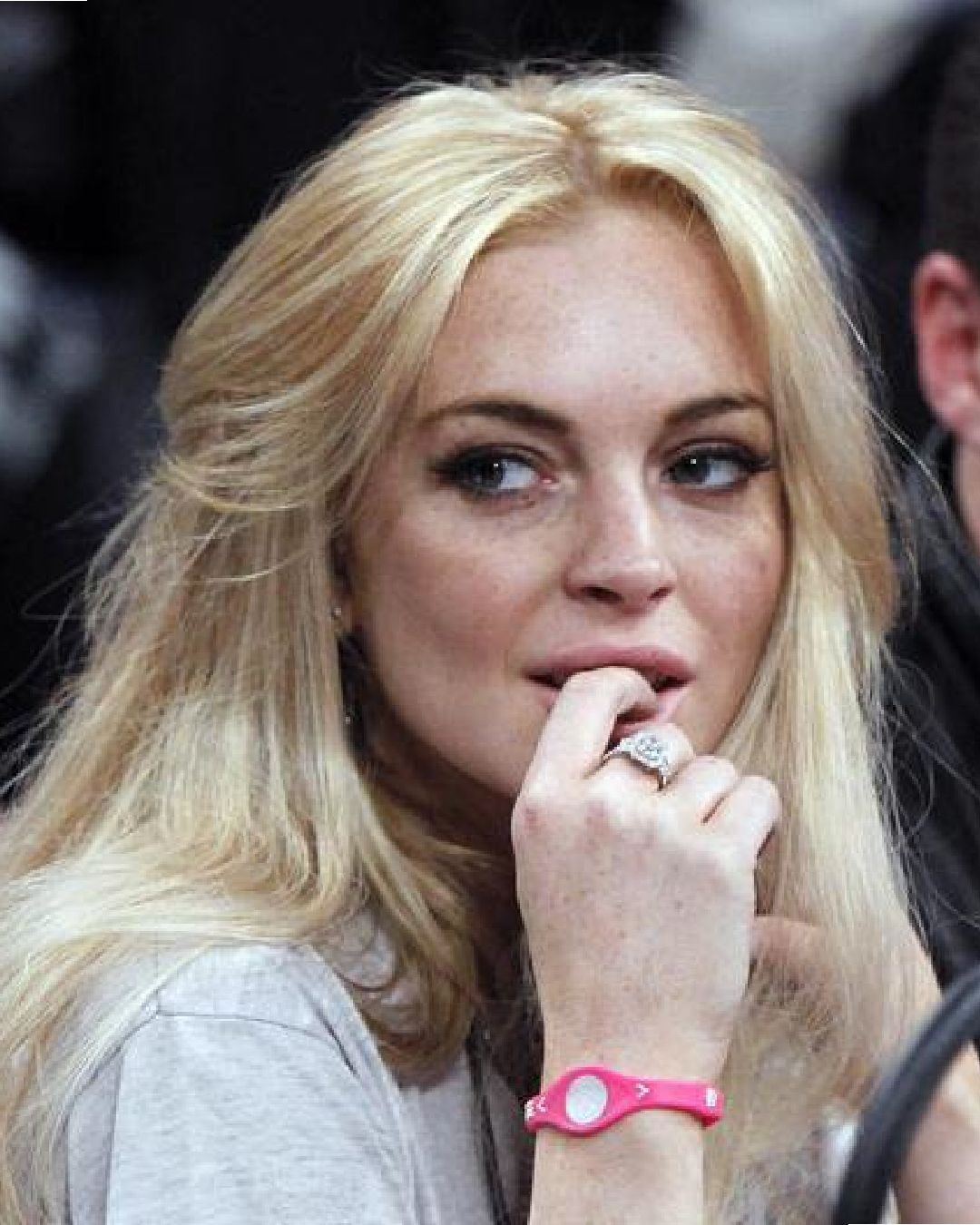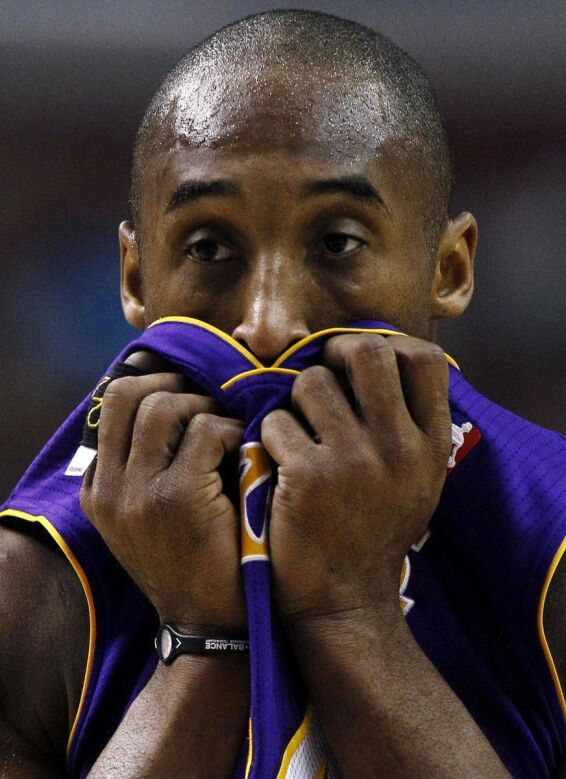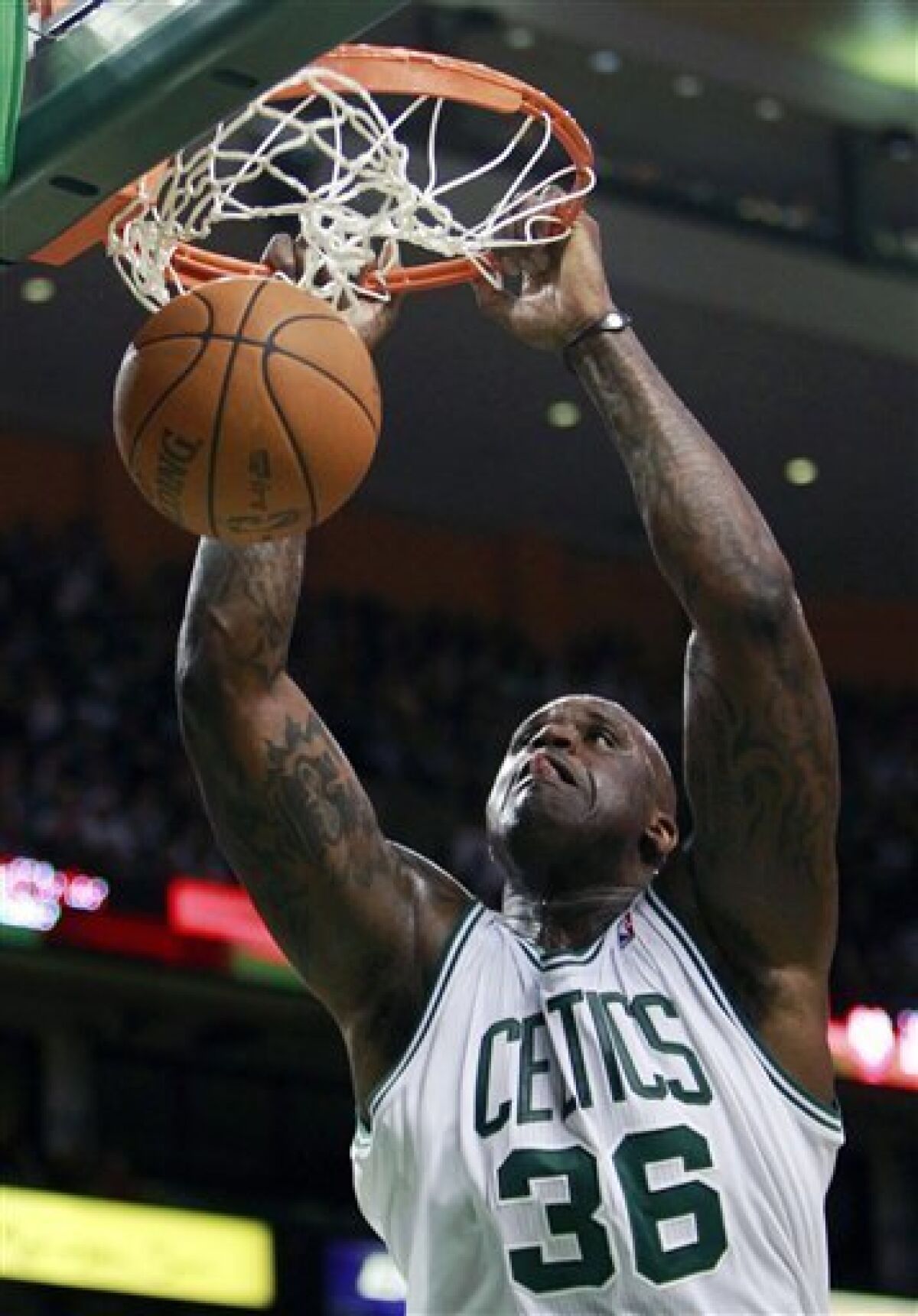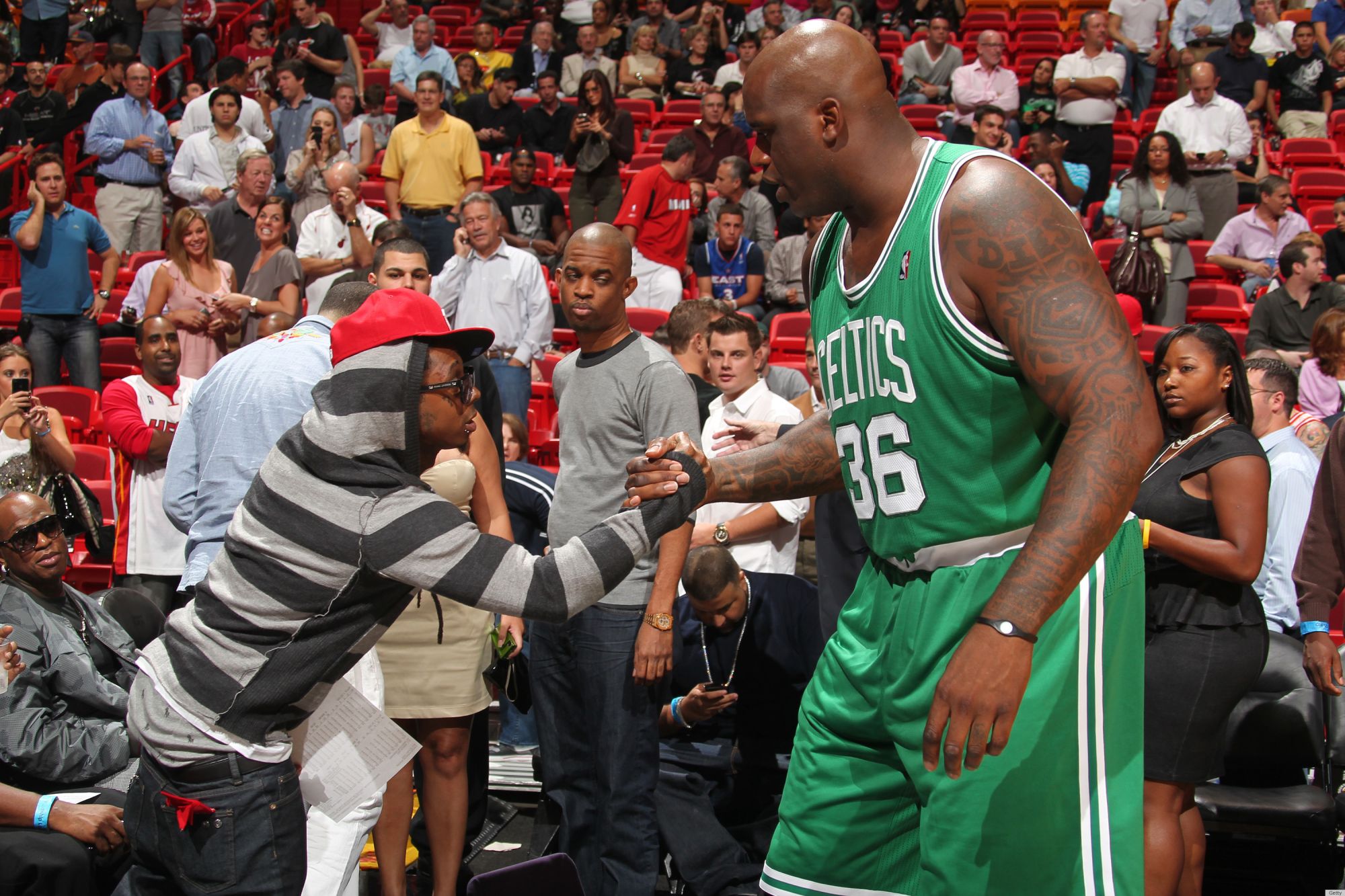
Remember the Power Balance? The rubber bracelets capable of increasing the wearer's physical capabilities
Imagine the scene. It is 2010, the height of the technology boom. The iPhone has been part of our lives for years now while Apple prepares to unveil its latest invention, the iPad. In the same year, Kickstarter, Google's driverless car and a series of inventions that would revolutionise our lives a few years later were born. Here, in the midst of this tangle of technology, of cables and microchips, imagine a rubber bracelet sold for $30 as one of the greatest inventions of recent years, capable of bewitching not only your university classmate but also celebrities and sportsmen and women from all over the world. That was the Power Balance.
How Power Balance was created
In reality, the story of the invention from the minds of Troy and Josh Rodarmel originated a few years earlier, when in 2006 the two presented their idea at a number of trade fairs, telling of its unique ability, through applied kinesiology, to increase the wearer's power, strength and balance. Reality or fiction? It mattered little, because by the year after it went on sale, Power Balance was everywhere from high school sports teams to university teams, to the point that journalist Darren Rovell wrote that «a growing number of professional athletes and their assistants were beginning to look like New Age crystal healers.» In its first year of operation, the company had sold more than $8,000 worth of bracelets, and by 2010, more than $35 million had been made. A triumph made possible by the continuous endorsement from celebrities of all kinds: Shaquille O'Neal, Lamar Odom, Gerard Butler, Diddy, Leonardo DiCaprio, Cristiano Ronaldo and Robert De Niro. Instead of relying on a scientific basis to promote their product, Troy and Josh Rodarmel had chosen to focus on testimonials and famous sports faces to trigger a spirit of emulation among those who did not want to miss the chance to wear the secret of their favourite basketball player's success on their wrist. But if Shaq was ready to swear by the benefits of Power Balance, the Australian authorities thought otherwise.
Charges and bankruptcy
In 2011, the local consumer protection commission intervened after a review panel revealed that the company's claims violated the code on the promotion of medical and therapeutic goods to such an extent that the Therapeutic Goods Complaints Resolution Panel asked Power Balance to remove any misleading claims from its website. «We admit that there is no credible scientific evidence to support our claims,» the company wrote, ready to compensate anyone who felt cheated. In the US, consumers organised a $57.4 million class action lawsuit, enough to force the company to declare bankruptcy before it could reimburse its now former customers. Did it end there? Of course not, because despite the bankruptcy Troy and Josh did not give up, trying hard to revitalise a company that had been abandoned by everyone. The results were disastrous, with a debt of $50 million at the end of 2011 including 250 thousand contracts with the LA Kings hockey team, $100 thousand with the Sacramento Kings, $400 thousand with Kobe Bryant and $20 thousand with Blake Griffin. Having far less capital than the amount owed, the company was once again forced to declare bankruptcy with an epilogue very similar to the previous one. Today, Power Balance still exists, and on their official website you can buy one of their iconic bracelets for just under $30, while for $54 you can take home the steel version, for the more stylish outings that still require maximum balance. Although little has changed since thirteen years ago - the company is back to talking about mysterious benefits of its products - we are all now a little less foolish to believe that a piece of silicone really can make us run faster.


















































